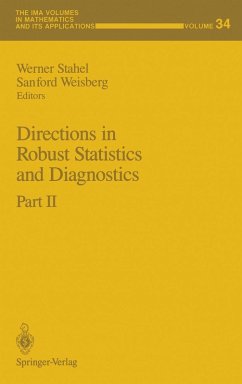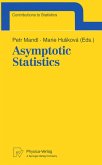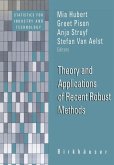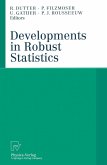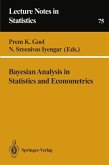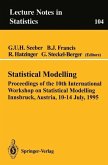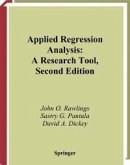This IMA Volume in Mathematics and its Applications DIRECTIONS IN ROBUST STATISTICS AND DIAGNOSTICS is based on the proceedings of the first four weeks of the six week IMA 1989 summer program "Robustness, Diagnostics, Computing and Graphics in Statistics". An important objective of the organizers was to draw a broad set of statisticians working in robustness or diagnostics into collaboration on the challenging problems in these areas, particularly on the interface between them. We thank the organizers of the robustness and diagnostics program Noel Cressie, Thomas P. Hettmansperger, Peter J. Huber, R. Douglas Martin, and especially Werner Stahel and Sanford Weisberg who edited the proceedings. A vner Friedman Willard Miller, Jr. PREFACE Central themes of all statistics are estimation, prediction, and making decisions under uncertainty. A standard approach to these goals is through parametric mod elling. Parametric models can give a problem sufficient structure to allow standard, well understood paradigms to be applied to make the required inferences. If, how ever, the parametric model is not completely correct, then the standard inferential methods may not give reasonable answers. In the last quarter century, particularly with the advent of readily available computing, more attention has been paid to the problem of inference when the parametric model used is not correctly specified.
Dieser Download kann aus rechtlichen Gründen nur mit Rechnungsadresse in A, B, BG, CY, CZ, D, DK, EW, E, FIN, F, GR, HR, H, IRL, I, LT, L, LR, M, NL, PL, P, R, S, SLO, SK ausgeliefert werden.

